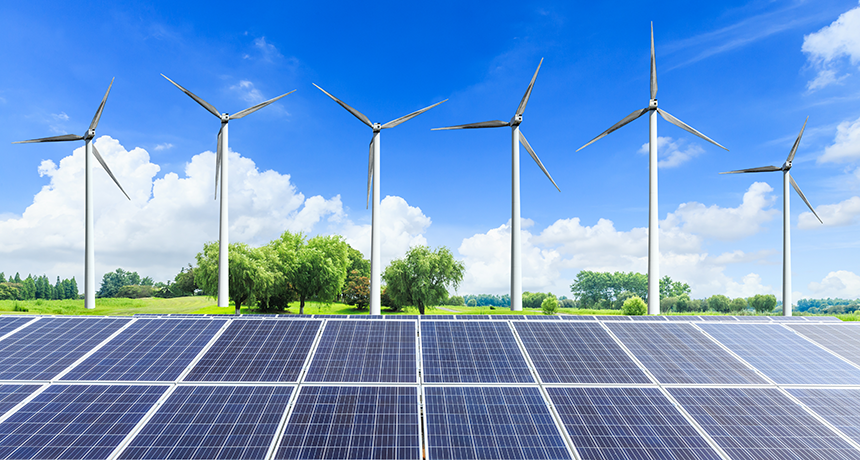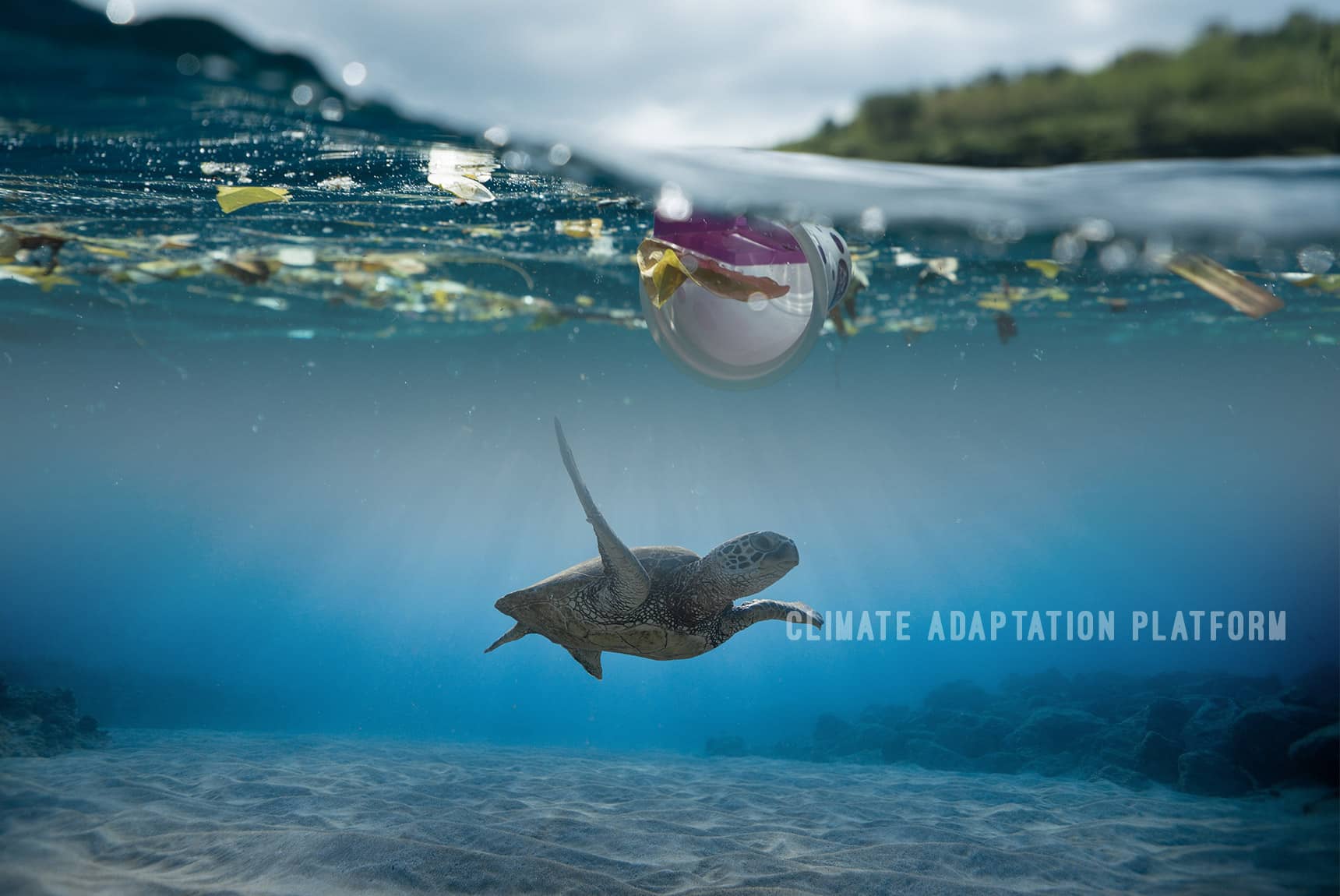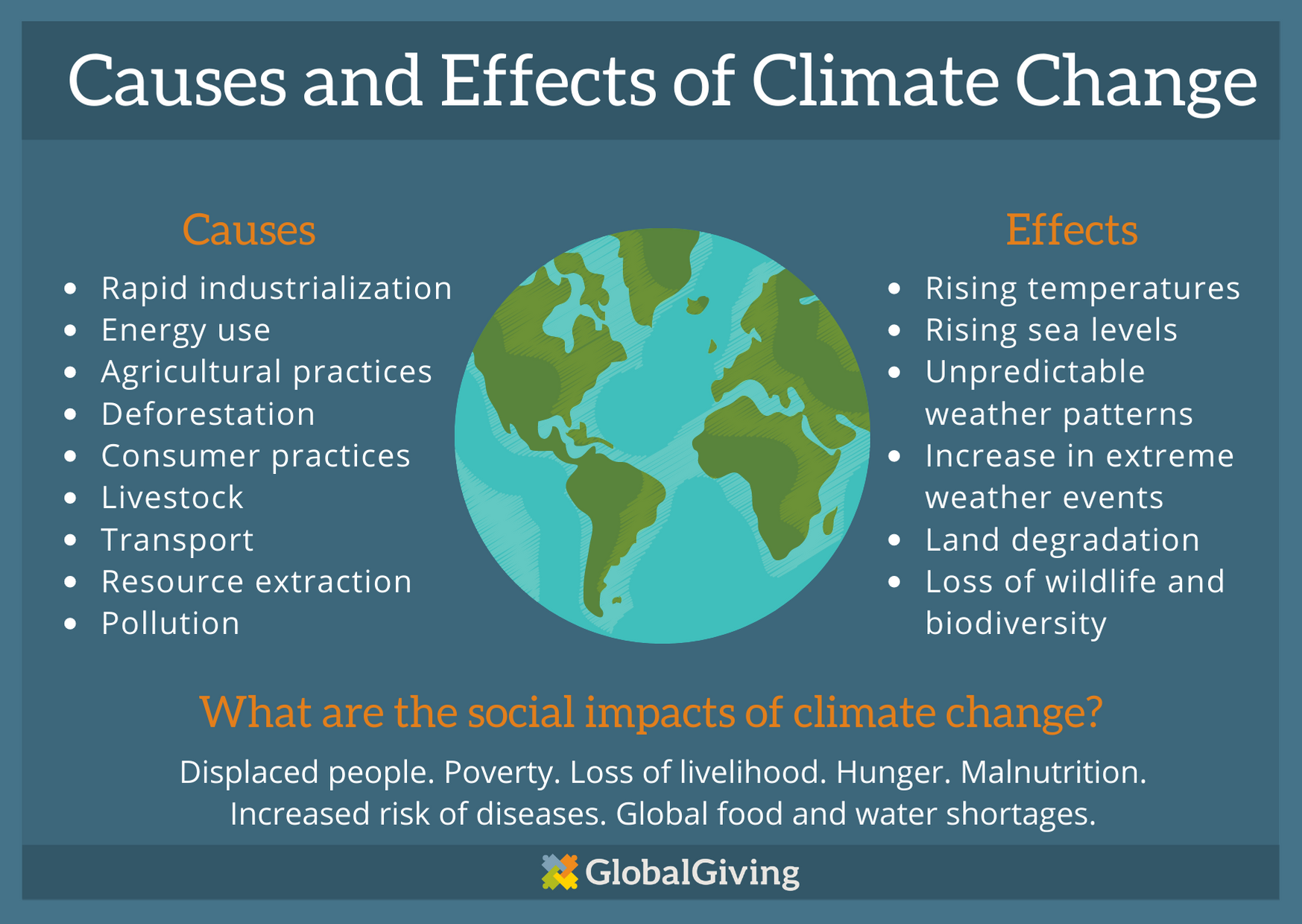In a world grappling with the urgent need to combat climate change, renewable energy sources like solar and wind power have taken center stage. These sources have made significant strides in reducing our reliance on fossil fuels and lowering greenhouse gas emissions. However, to truly address the climate crisis and meet our growing energy demands sustainably, we must look beyond the familiar horizons of solar panels and wind turbines. In this blog post, we will explore some innovative renewable energy technologies that are pushing the boundaries of clean energy production.
Harnessing the Ocean’s Power: Tidal and Wave Energy
One of the most promising frontiers in renewable energy is the vast expanse of the world’s oceans. Tides and waves are a continuous and predictable source of energy, and harnessing their power can provide a consistent supply of electricity. Tidal energy systems use the gravitational pull of the moon and sun to generate electricity, while wave energy devices capture the kinetic energy of ocean waves.
Tidal energy farms are already operational in various parts of the world, with some countries leading the way in this technology. For example, the United Kingdom’s Swansea Bay Tidal Lagoon project has gained international attention for its potential to provide clean energy to thousands of homes.
Wave energy technology is also making strides. Devices like the Pelamis Wave Energy Converter and the Oscillating Water Column (OWC) have shown promise in converting the up-and-down motion of waves into electrical power. These innovations are not only renewable but also have minimal environmental impact compared to some other energy sources.
The Power of Geothermal Energy
While geothermal energy is not a new concept, recent advancements have made it an increasingly attractive option for sustainable power generation. Geothermal power plants tap into the Earth’s internal heat by drilling deep wells into hot rock formations. This heat is then used to generate steam, which drives turbines to produce electricity.
Countries with active geothermal resources, such as Iceland and New Zealand, have already embraced this technology. However, ongoing research is opening up possibilities in regions with previously untapped geothermal potential. Enhanced geothermal systems (EGS) aim to create artificial reservoirs by fracturing hot rocks deep underground, making geothermal energy accessible in areas with limited natural geothermal resources.
The Promise of Bioenergy
Bioenergy encompasses a wide range of technologies that convert organic matter, such as agricultural waste, forestry residues, and algae, into renewable energy sources. Two prominent bioenergy pathways are biofuels and biogas.
Biofuels, such as ethanol and biodiesel, are derived from plant-based feedstocks like corn, sugarcane, and soybeans. These fuels can be used in place of gasoline and diesel, reducing carbon emissions in the transportation sector. Research is ongoing to improve the efficiency of biofuel production and explore alternative feedstocks, such as algae, which can be cultivated in non-arable land without competing with food crops.
Biogas, on the other hand, is produced through the anaerobic digestion of organic matter, including agricultural and municipal waste. This process releases methane, which can be used for electricity generation and heating. Biogas is not only a renewable energy source but also helps reduce methane emissions from decaying organic waste, which is a potent greenhouse gas.
Airborne Wind Energy
Imagine harnessing the energy of the wind, not from stationary wind turbines on the ground, but from high-flying devices in the sky. Airborne wind energy systems aim to do just that. These systems consist of tethered drones or kites equipped with turbines that capture energy at higher altitudes, where wind speeds are more consistent and stronger.
The advantages of airborne wind energy are numerous. First, it allows access to stronger winds, which means higher energy production. Second, it reduces the environmental footprint associated with traditional wind turbines, as they require less material and infrastructure. Companies like Makani, a subsidiary of Alphabet Inc., and Ampyx Power are pioneering this technology and exploring its commercial potential.
Solar Paint and Building-Integrated Photovoltaics
While solar panels have become a familiar sight on rooftops and solar farms, researchers are now working on integrating solar technology directly into building materials. Solar paint and building-integrated photovoltaics (BIPV) are innovative approaches that could turn every building into a clean energy generator.
Solar paint consists of tiny semiconductor particles that can be applied to various surfaces, including walls and windows. These particles capture sunlight and convert it into electricity. BIPV, on the other hand, involves embedding solar cells into building materials like glass, concrete, and roofing tiles. These technologies not only reduce the visual impact of solar installations but also make renewable energy more accessible to urban areas with limited space for traditional solar panels.
The Future of Renewable Energy
As we move forward in the fight against climate change, it’s clear that the future of renewable energy holds immense promise. Beyond solar and wind power, emerging technologies like tidal and wave energy, geothermal energy, bioenergy, airborne wind energy, and building-integrated photovoltaics are paving the way for a more sustainable energy landscape.
While these innovations are exciting, their widespread adoption will require continued research, investment, and policy support. Governments, businesses, and individuals must collaborate to ensure that these technologies reach their full potential and help us achieve a greener, more sustainable future.
In conclusion, renewable energy innovations are not limited to the sun and wind; they extend to the depths of the ocean, the Earth’s core, and the very materials that make up our buildings. Embracing these advancements is not only a step towards combatting climate change but also a pathway to a more resilient and prosperous future for our planet and its inhabitants.






